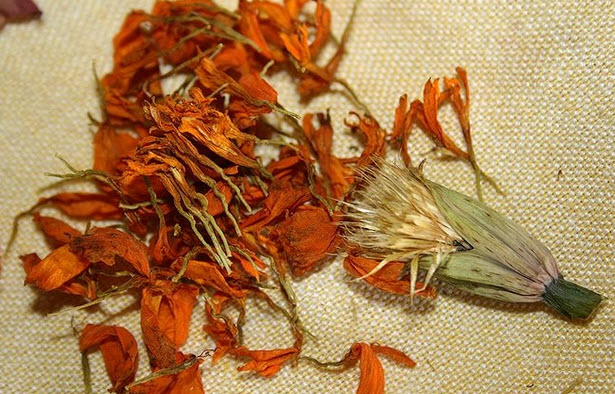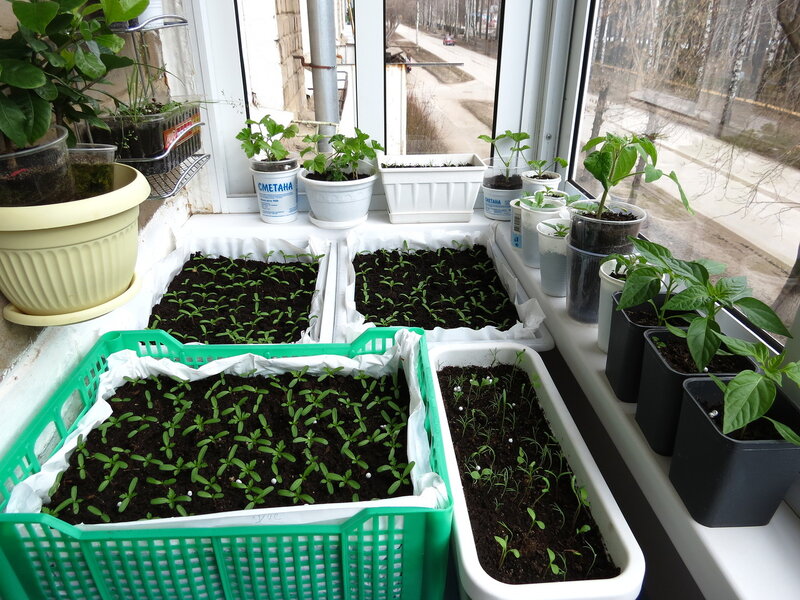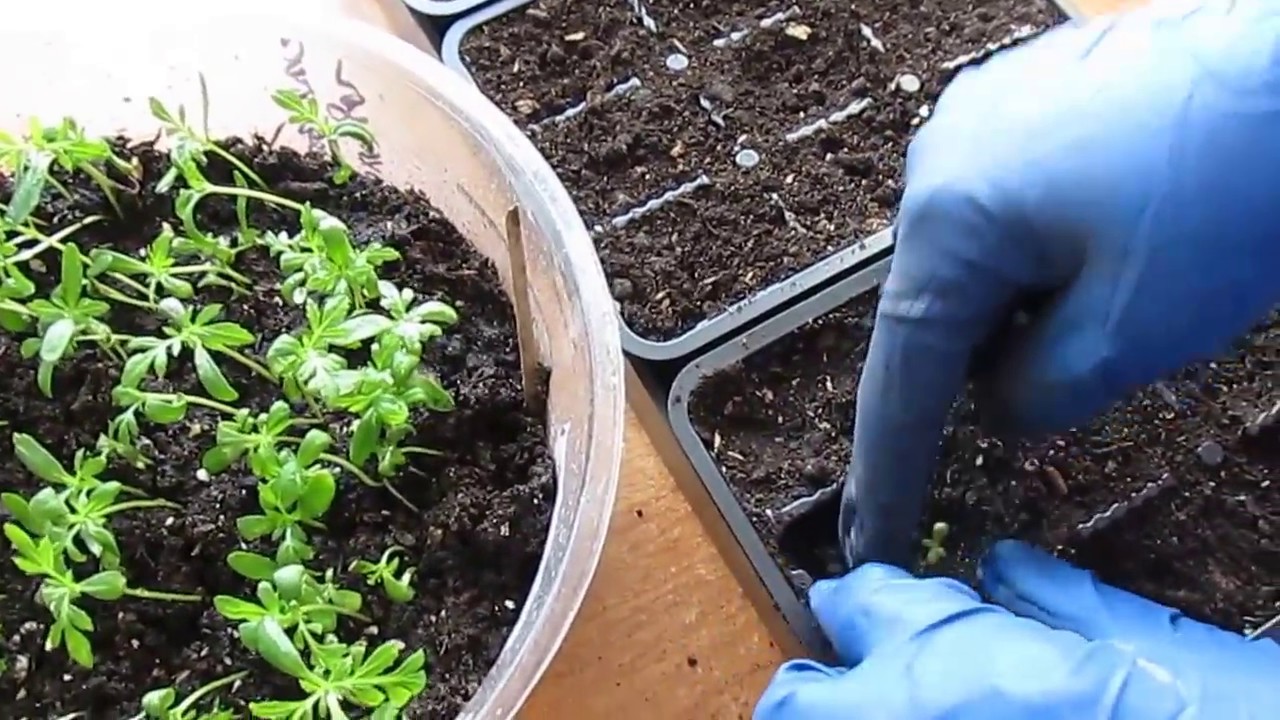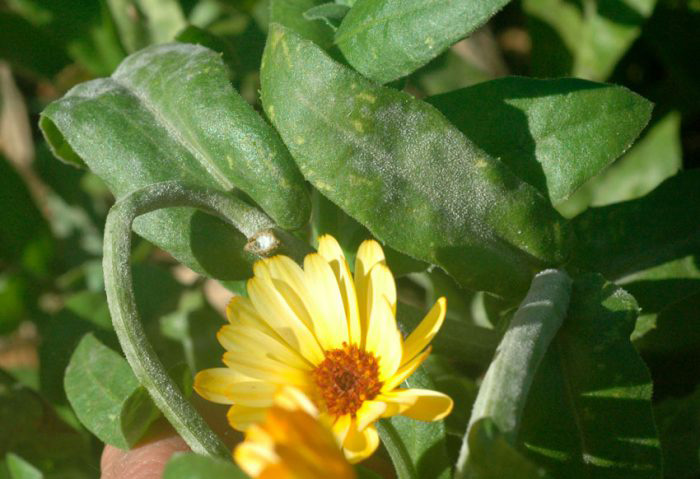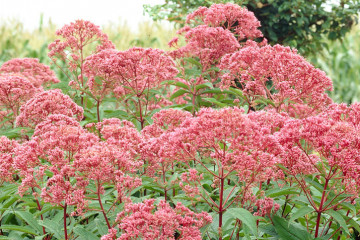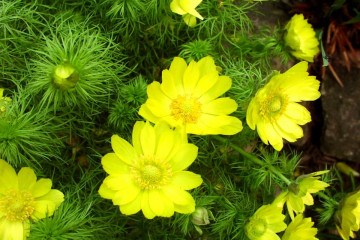Marigolds - planting and care in the open field
Content:
Marigolds are very bright and beautiful flowers. Although they do not strike the imagination, like huge lilies or roses, Tagetes are charming in their own way. Everyone knows their unpretentiousness and ease of care, but still, many are asking the question: how to plant marigolds correctly? First of all, you need to choose a type. Some gardeners are sure that marigolds are exclusively annual plants. In fact, there are perennial varieties, but their choice is not so great.
Planting and caring for perennial marigolds
Perennial marigolds reproduce by self-seeding, occupying an ever larger area. They will appeal to those who want to see a solid carpet of flowers without wasting time on the annual fiddling with seedlings. It is enough to plant them once, and every spring, in addition to the old marigolds, all new plants will sprout from the seeds. In the second year, the flowers of perennial marigolds only become more magnificent. In general, caring for perennial varieties is no different from that which is required for their annual counterparts.
In any case, for a creative person who wants to often change the landscape design, enlivening the landscape with more and more varieties of flowers, annual plants are best suited.
Marigolds: growing from seed, when to plant
Growing from seeds is a fairly simple and quick way to grow marigolds on a windowsill, along paths, in a garden or in a flower bed. If you sow marigolds in the spring or late autumn, growing from seeds will give excellent results. The seeds can overwinter in the ground, they are quite resistant to cold.
How to collect marigold seeds
First you need to mark for yourself those flowers that you like the most. It is necessary to wait until the flowers are completely dry, and the stems become brown, and collect the seed boxes. Store them in a dry place in a paper bag or cardboard box. If the weather is damp, full maturation of seeds is impossible, they can rot.
It is worth collecting them in advance: on a sunny dry day, cut a bunch of plants, hang it and spread the newspaper down. As the plants dry out, the seeds will spill out.
How to plant marigolds in open ground
Be sure to wait until the end of the frost and choose a sunny place with sandy or loamy soil. Tagetes can grow in the shade, but they bloom in the sun much better. Having dug grooves about 5 cm deep, you can plant seeds and fill them up. If the seedlings are too frequent, thin out or plant them.
Marigolds for seedlings: when to plant and how
Depending on the region, the planting time for seedlings lasts from mid-March to early May. It is necessary to calculate it so that in 1.5-2 months the frosts will end, and it would be possible to plant seedlings in open ground. For example, in the Moscow region it will be the end of April - the beginning of May.
If the seeds of marigolds are not afraid of the cold and lie quietly in the ground even all winter, already grown plants can die from frost, so you should not risk it if the nights are still cold.
The soil for marigolds should be nutritious, it is best to mix peat, humus, turf and sand in a ratio of 1: 1: 1: 0.5. At the bottom of the box with seedlings under the soil, lay out a drainage layer of sand, expanded clay or small stones. Then the moisture will not linger, provoking rotting of the roots.
Marigold seedlings often get sick with a black leg, and in order to prevent this, it is important to treat the soil with a solution of fungicide or potassium permanganate before planting. This can be done, for example, with a steamer.
It is worth preparing the seeds themselves for planting. To do this, wrap them in a damp cotton cloth, put it in a plastic bag and leave it warm. The main thing is that the temperature does not rise above 25 ° C, otherwise the Tagetes will die. If the room is 15-20 ° C, the seeds will germinate in 5-7 days. In general, home conditions are quite suitable for both seeds and seedlings. No special equipment for growing marigolds is required.
Now they can be planted in a container with treated soil. Having made grooves 2 cm deep and at the same distance from each other, you need to bury the seeds so that they remain on the surface.
If there is no desire to sprout seeds artificially, the container can be covered with something transparent on top. Keep the soil in the container moist. Frequent airing will protect the shoots from the black leg, and after the emergence of friendly shoots, shelter is no longer needed.
In general, marigolds are not picky, planting and leaving will not take much time, except that it is important to regularly water and loosen the soil. Plants prefer sunny places, so it is better to put the seedlings to the window, but it is advisable to avoid direct sunlight.
When the seedlings of marigolds give 2-3 true leaves, picking will not be superfluous - planting seedlings in separate containers. This will strengthen the root system. The same soil is suitable as for the first time, you can add ash or nitroammophoska as fertilizer. Plants will benefit from mineral feeding containing nitrogen, phosphorus and potassium, it is enough to take it in the amount of 1 tbsp. spoons. Saplings are added dropwise to approximately the cotyledons. For example, ordinary plastic cups for sour cream, yogurt or a special seedling box divided into separate cells can act as separate pots.
If it seems that it is too long and difficult to grow marigold seedlings, there is an easier way: in June, fill the seeds directly into the ground, no longer fearing frost. Then by August the marigolds will bloom.
Marigolds: planting and care in the open field
Only when the frosts have passed can the seedlings be planted in open ground. You need to choose a sunny place with neutral or slightly acidic soil, sandy or loamy. Even flowering plants are calm to transplant, it is not necessary to preserve the root ball.
Watering should occur as the soil dries up, be abundant during growth, but by the time of flowering it must be slightly reduced, otherwise the flowers will begin to deteriorate. On hot days, plants are watered in the morning and evening. This should not be done in direct scorching sunlight, as burns on the leaves may occur. Marigolds love air-saturated soil, so they should be loosened and weeded more often.
Plants will bloom more luxuriantly if they are pinched, that is, cut off the faded buds, but this is not necessary. If desired, several flowers are left for seeds. Fertilizers also contribute to good flowering, for example, solutions from 2 tbsp. tablespoons of nitrophoska in 10 liters of water. Wood ash will also benefit marigolds. If the soil is not very fertile, humus can be added to it.
Diseases of marigolds
It is important to know not only how to plant marigolds, but also how to protect them from pests and diseases. On average, two months after planting, flowering begins. If tagetes do not bloom, the reason may be drought or excessive moisture, an abundance of fertilizers or a lack of sunlight.
If a white coating appears on the leaves, it is a spider mite. He does not like moisture, so the leaves can be sprayed with water or treated with a mixture of water with laundry soap and tobacco, so that the pest will surely escape in horror.
White spots and curled edges of the leaves are a sign of powdery mildew. It is fought with sulfur-based fungicides.
Black decaying areas on the stems indicate a black stalk. Potassium permanganate is sometimes added to the water for irrigating marigolds, and the soil is treated with fungicides before sowing. If the disease has already arrived, it is important to remove the dead plants, and add ash, perlite or calcined sand next to the remaining ones. This is true for any infectious disease.
Root rot causes stunted growth and yellowing of the leaves. The reason lies in poor conditions. To defeat rot, you need regular weeding and loosening of the soil.
The orange whitefly feeds on marigold juice. The secretions of the larvae of this butterfly are fertile soil for the growth of sooty fungi, which look like a black bloom. The pesticides will help keep the insect away.
As for the caterpillars, you can get rid of them with chemicals. Slugs and snails that appear on flower beds in high humidity also do not mind eating marigolds. Small boards, halves of potatoes or apples, thick fabric will help. Pests like to gather under them, and they can be destroyed at once. Slugs really do not like ash and lime scattered around. They can also be scared off by spraying with a solution with small particles of mustard.
Usually, marigolds rarely get sick, and the main cause of problems is poor care. As a preventive measure, it is enough to loosen and weed flowers in time, on hot days to protect from the sun with a special film, fertilize, but not more often than once a month.
Tagetes are really unpretentious to care for in comparison with other flowering plants. They are suitable even for novice flower growers and will decorate any flower bed, balcony or garden bed.

